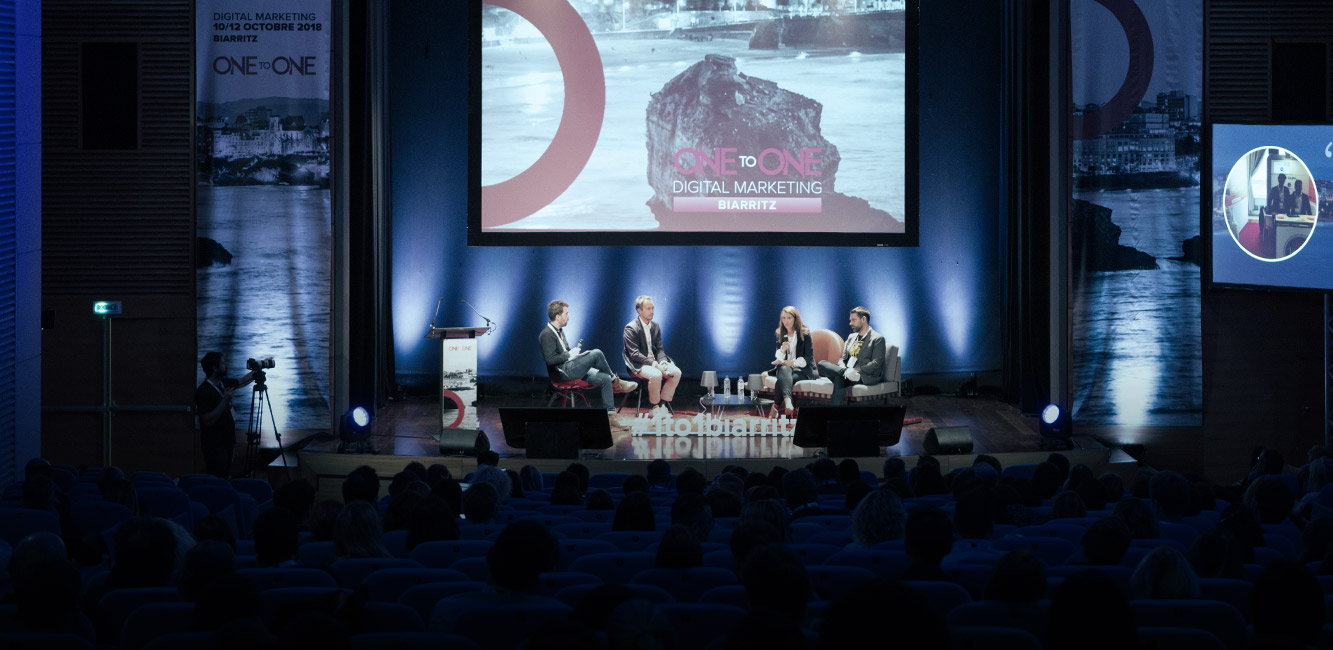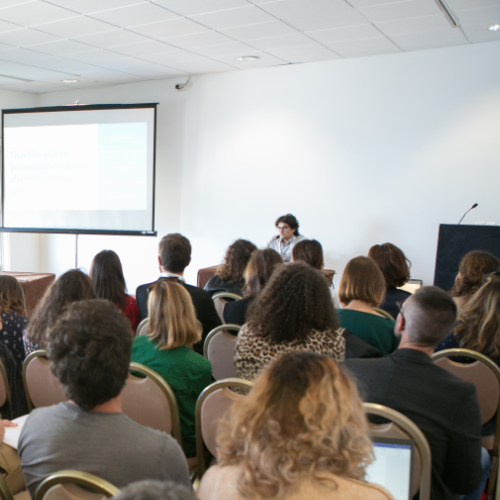How to transform unique customers into loyal customers with a real post-purchase strategy?
Adrien NAEEM from NARVAR provides expertise on customer retention and post-purchase strategies. Today the majority of campaigns are done viaacquisition: the price spent on average to convert a user into a customer is 33€.
A retention campaign costs only 10€ and generates a higher average income. A post-purchase strategy seems to be an interesting complementary solution to generate more revenue through customer loyalty.
The post-purchase experience, an underutilised lever
Marketing and communication strategies can activate three levers to improve the consumer shopping experience.
The first lever, acquisition, allows brands to attract customers to a website. It is a lever that is widely used because it works well. However, many advertisers activate this lever, which is why it is increasingly expensive.
The second lever historically used is conversion. Just like acquisition, it is widely used, so the sites have caught up and adapted ergonomics levels. Apart from doing micro-projects, it is very difficult to stand out using conversion today.
The third, most interesting, underutilised lever is the post-purchase experience and customer loyalty. Often, brands make significant efforts to guide the customer to the time of purchase, then when they receive the purchase confirmation email, the balance of power changes and the customer is left alone. “Where is my order?”, “How do I make a return?”, “How do I fix my product?”…
It is up to the consumer to deal with these issues, which creates a great disparity between the customer experience before/during purchase and after purchase. A disparity which is unfavourable to customer loyalty.
The importance of service experience throughout the procurement process
Mckinsey demonstrated this with its Loyalty Loop: Once the customer is satisfied across the board, a brand can start working on customer loyalty, not before. So how do we get the customer satisfied?
First and foremost, in order for the experience to be lived in the best way by the customer, each brand must define its difference and its way of communicating with the consumer:
- On a personal level: this will be about customisation. Know and recognise your client to provide personalised services.
- In an authentic way: today consumers (especially millennials) are looking for value (ecology, less waste, etc.). We must therefore have strong values to which they can identify.
- In a thought-out, thoughtful way: you have to put the customer at the centre of the purchase journey, put yourself in its place and simplify the whole of its customer journey. Customers must be able to find the information they want, in the desired way and with their preferred tools.
Know how to make the most of customer loyalty opportunities in post-purchase moments to transform the customer into an ambassador.
Throughout the purchase process, moments are identified as «magical»; it is during these moments that important decisions are made by the consumer. They deserve the attention of brands, because they will condition redemption and customer loyalty. The time to add to the cart and the time to click “buy” are the first two, but the ones we are most interested in are the next four, as they are post-purchase.
The third "magic" moment is when the order is confirmed. The brand then has a communicationopportunity, it will be able to explain to the customer that the order has been considered. This step is very important for customer loyalty, because the customer is very captive and the email opening rate as well as the engagement rate very important.
The fourth moment is the arrival of the delivery… or the delay of delivery, or even its absence. Adrien Naeem, General Manager Europe at Narvar, points to this very telling figure: “the customer looks on average 3.24 times at the status of their order from the moment they made the purchase, and that number increases at the same time as the average basket.”. It is therefore imperative to take care of the means to notify the buyer of the delivery steps: E-mail, SMS, Whatsapp, Messenger...
Another problem is the delay. If there is a delay, it is very important to communicate, and that is reassuring. When information is shared ahead of time, this is even viewed positively as proactive behaviour. In all these stages, the consumer is very committed, this can be the opportunity to push content (offer services, communicate on the brand, etc.).
The fifth moment is when a customer decides to initiate a return. We must try to understand the reasons for returns, it is the opportunity to review a product sheet or a communication before purchase. Making a return is very stressful for the customer and it is for this reason that brands facilitate this procedure. Easy return is reassuring, and a well-treated customer is a promise of commitmentand customer loyalty.
The sixth and final step is when the customer decides to buy back. It is important to continue to communicate with the customer post-purchase with tools, referrals, services, upsell… This extends the interaction period, reduces the time between purchases and promotes customer loyalty.
Speaker:
Adrien Naeem, GM Southern Europe - Narvar



